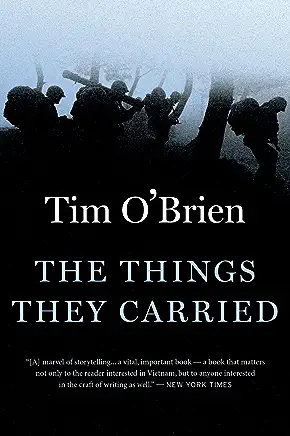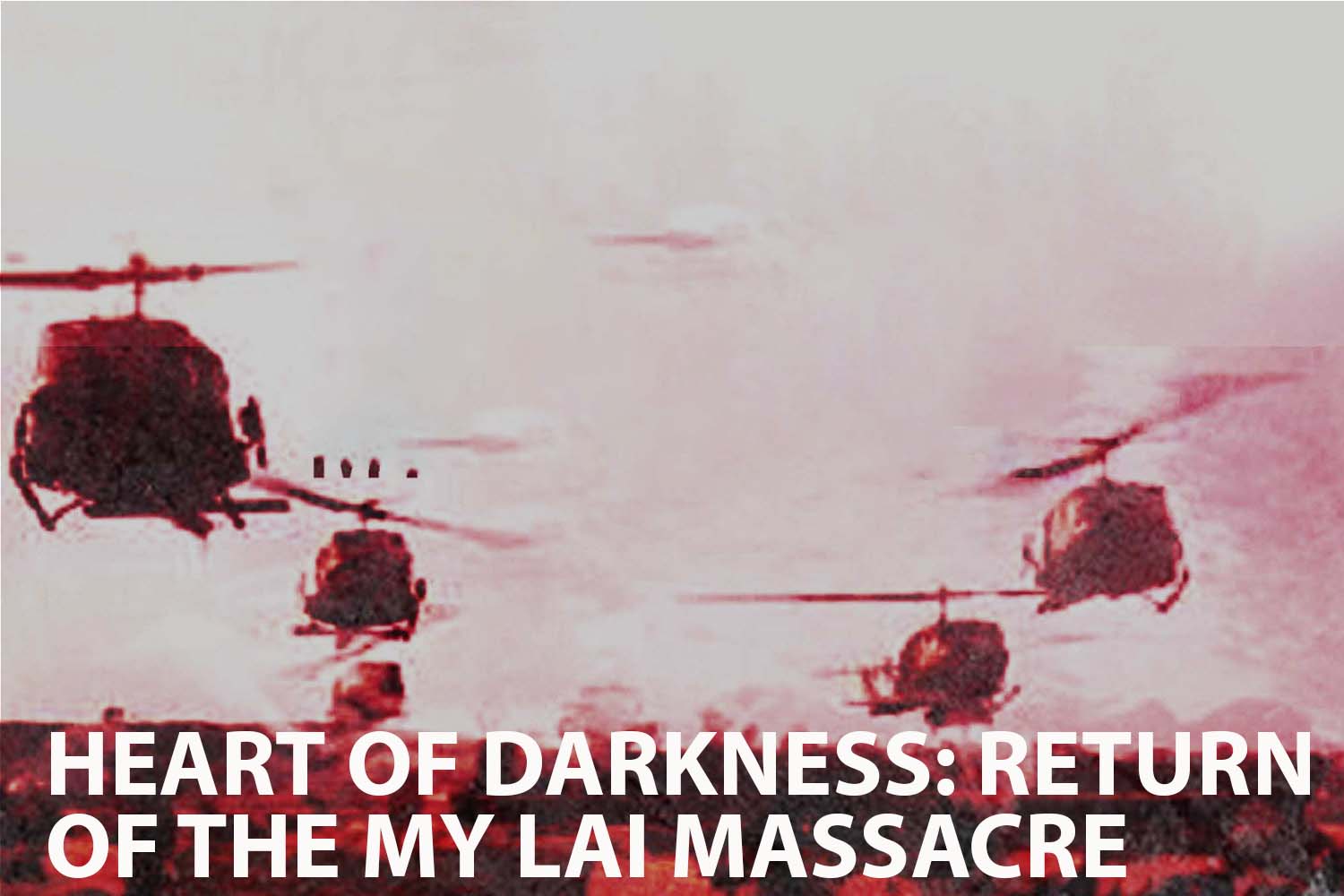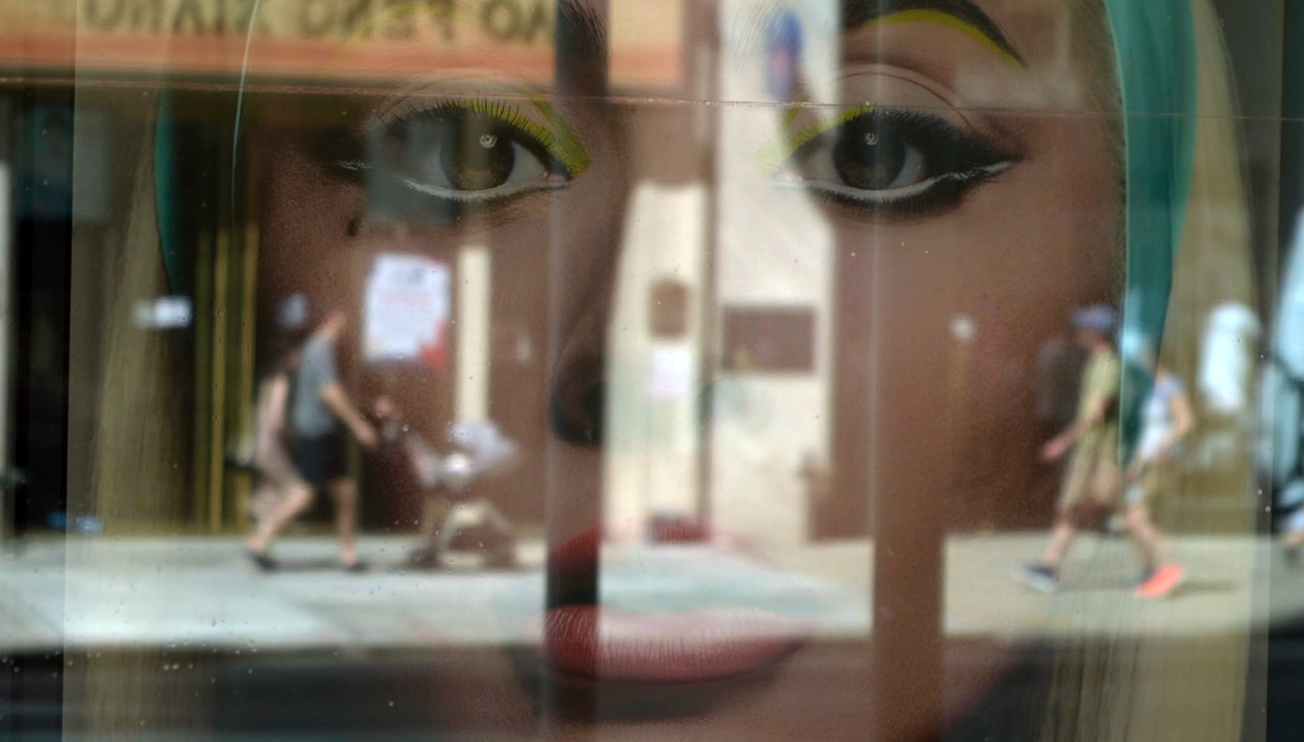Keywords: Vietnam War, My Lai Massacre, Survivor Stories, War Atrocities, Reconciliation, Healing. Three Words: Heart-wrenching, Revealing, Reconciliatory
Introduction
"Heart of Darkness: Return to the My Lai Massacre" is a thought-provoking documentary directed by renowned filmmaker Ron Howard. Released in 2018, it offers a deeply personal account of a Vietnam War veteran who revisits the site of the My Lai Massacre for the first time, meeting survivors and confronting his past.
Synopsis
The film follows the journey of a Vietnam War veteran returning to My Lai, the location of one of the most infamous atrocities of the Vietnam War. His mission is not only to confront his own past but also to meet survivors and set the record straight about what truly happened during the massacre.
More Film Analysis
Analysis
The approach of this documentary is deeply personal and introspective. It explores the psychological impact of war and the process of coming to terms with one's actions. The film presents a thorough research of the My Lai Massacre and provides a platform for survivors to share their experiences.
Historical and Factual Context
The My Lai Massacre was a horrific event that took place during the Vietnam War, where hundreds of unarmed Vietnamese civilians were killed by U.S. soldiers. This documentary puts this historical event into perspective, providing viewers with a better understanding of its lasting impact.
Key themes in the film
- The impacts and consequences of war
- The process of reconciliation and healing
- Survivor narratives and their importance
Film Comparisons
Compared to other war documentaries, "Heart of Darkness: Return to the My Lai Massacre" stands out for its personal narrative and focus on reconciliation. It offers a different perspective, focusing on the aftermath rather than the actual combat.
Noteworthy Moments
One of the most significant moments in the documentary is when the veteran meets the survivors of the massacre. This confrontation, full of raw emotion, serves as a powerful reminder of the lasting impact of war.
Reviews
Critics have hailed the documentary for its emotional depth and historical accuracy. "A harrowing yet hopeful look at the aftermath of war," says The New York Times.
Conclusion
"Heart of Darkness: Return to the My Lai Massacre" is an essential watch for anyone interested in understanding the impacts of war, the process of healing, and the power of reconciliation.
More film information:
FILM SUMMARY
- IMDB score: 7.8/10
- Rotten Tomatoes score: 85%
- Metacritic score: 78
- Film festival awards: N/A
PERSONALITIES
- Vietnam War veteran: A man haunted by his past, seeking reconciliation and healing.
- Survivors of the My Lai Massacre: Individuals who have lived with the traumatic memory of the massacre.
LOCATIONS
- My Lai, Vietnam: The site of the infamous My Lai Massacre.
Key Questions Raised by the Film:
- How can we come to terms with the atrocities of war?
- What is the process of healing and reconciliation for survivors and veterans alike?
- How can survivor narratives contribute to our understanding of historical events?
Links for Further Exploration:
I wonder what the film would be in another art form



- If this film was a famous book, which one would it be? "The Things They Carried" by Tim O'Brien - for its exploration of the psychological impact of war.
- If this film was a famous song, which one would it be? "Blowin' in the Wind" by Bob Dylan - for its powerful commentary on war.
- If this film was a famous piece of art, which one would it be? "Guernica" by Pablo Picasso - for its depiction of the horrors of war.
- If this film was a famous celebrity, who would it be? Jane Fonda - for her active role in protesting the Vietnam War.
- If this film was a color, which one would it be? Grey - for its depiction of the moral ambiguity of war.
- If this film was a music style, which one would it be? Folk music - for its history of storytelling and social commentary.








